Cha tsumi
Natsu mo chikazuku hachijyu hachiya
No nimo yama nimo wakaba ga shigeru
“Areni mieru wa chatsumi jya naika
Akane dasuki ni suge no kasa”Hiyori tsuzuki no kyou konogoro wo
Kokoro nodoka ni tsumitsutsu utau
“Tsumeyo tsume tsume tsumaneba naranu
Tsumanya nihon no cha ni naranu”Lyricist & Composer:Unkown
in1912
Tea-picking
88days when summer approaches from the day of spring
Young leaves grow in the fields and mountains
It may not be the tea-picking landscape that you see there
A scarlet string that makes the sleeves and a sedge hat
Good weather continues today these days
Sing along while feeling calmly
Let’s pick more and more, We have to pick it up
It will not be Japanese tea unless it is picked

The Tea-Picking Season Heralding Early Summer
“Cha-tsumi” is a famous Japanese song that depicts the season from late spring to early summer. The “tea” mentioned in the song refers to Japanese tea. Japan’s representative “green tea” is an unfermented tea that doesn’t undergo fermentation, which has the benefit of preserving the natural freshness and nutrients of the tea leaves while retaining abundant antioxidants. In contrast, “Oolong tea” is semi-fermented, and “black tea” is fully fermented, all made from leaves of the same “tea plant.” These young leaves plucked from tea plants transform into our familiar beverages through various processing methods.
Qwert1234 – Qwert1234’s file, パブリック・ドメイン, リンクによる
The Significance of “Hachijyu Hachiya” and Agricultural Culture
The “Hachijyu hachiya (Eighty-Eighth Night)” sung in this song refers to the 88th day after “Risshun” (Beginning of Spring), one of the twenty-four solar terms, when the weather stabilizes, making it easier for tea picking. This important agricultural milestone, usually falling around May 2nd each year, signals the full-fledged beginning of farming activities. During this period, there is a risk of late frost called “Osojimo” occurring from chilly nights to dawn, potentially damaging crops. Despite this frost risk, tea picking is conducted during this time because the new buds contain the richest umami components and nutrients like catechins, producing aromatic high-quality tea leaves. Moreover, this “first flush” tea harvested during this period is particularly valuable and serves as a crucial source of income for tea farmers. A few days after Hachijyu hachiya comes “Rikka” (around May 6th), the beginning of summer according to the calendar. The song gently conveys the arrival of an extremely busy season for farmers.
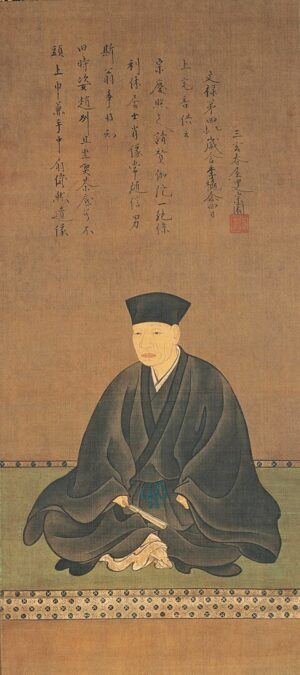
painted by 長谷川等伯, calligraphy by 春屋宗園 – 1. Brill.com [1], 2. Omotesenke.com [2] , Omotesenke Fushin’an Foundation, パブリック・ドメイン, リンクによる
Tea Culture and Its Historical Development
The culture of enjoying tea has a long history, dating back to the reign of Emperor Shoumu in 729 AD, as recorded in ancient texts. Initially, it spread widely among the warrior class and became material for feasts. However, the concept of “Wabi-cha,” which sought simplicity and the spirit of Zen, emerged, leading to the spread of “Cha-no-yu” by figures like Sen no Rikyu. This tradition has been passed down to modern times as “Sa-do” (the Way of Tea).
In Sa-do, Matcha—now popularly used in chocolates and ice cream—is served as ground tea leaves. On the other hand, Sencha, which uses whole leaves without grinding, is commonly sold even in PET bottles. Naturally, the price varies greatly depending on the quality of the leaves and processing methods. Japanese tea culture has thus evolved with the times while maintaining its essential values.
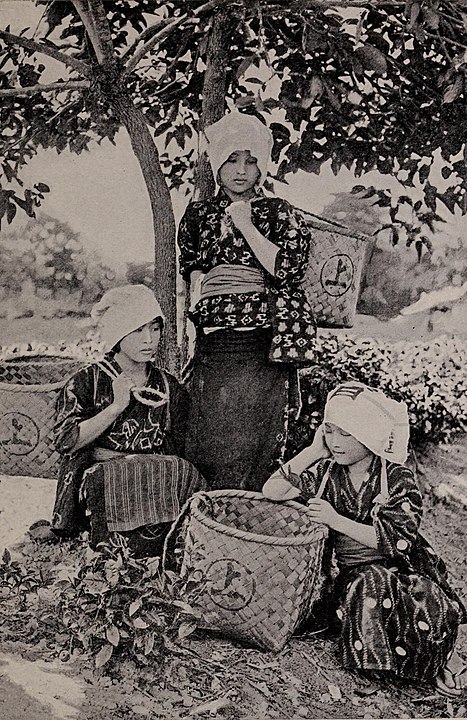
不明 – “Letters from Japan” by Mrs. Hugh Fraser, New York, The Macmillan company; London, Macmillan & co., ltd.. 1904, パブリック・ドメイン, リンクによる
Origins and Spread of the Tea-Picking Song
According to one theory, this song is said to have roots in Uji City, Kyoto Prefecture, and the parts enclosed in quotation marks are considered citations from tea-picking songs sung there since ancient times. However, even after research by local historians, there is still no evidence to support this claim. Since tea harvesting requires intensive labor, there have always been migrant workers known as “Chatsumi musume” (tea-picking girls). As the timing of harvesting varies from region to region, it’s also speculated that the song spread gradually as workers moved from early harvesting areas to later ones.
This song is also known for its rhythmic nature, often accompanied by hand movements, and enjoyed in places like kindergartens and elderly care facilities. Its simple yet pleasant rhythm has become an important cultural asset that remains in the hearts of Japanese people across generations.
Tea-Producing Regions Throughout Japan
While Shizuoka Prefecture is famous as a tea-producing region, places like Yame in Fukuoka Prefecture, Chiran in Kagoshima Prefecture, and Sayama near Tokyo in Saitama Prefecture are also well-known. The soil and climate conditions of each region produce teas with distinctive flavors. In modern times, these traditional tea-producing areas have also gained attention as tourist destinations, with increasing numbers of visitors enjoying tea-picking experiences and the scenic beauty of tea fields. Japanese tea has transcended being merely a beverage to become a symbol embodying Japan’s natural features and culture.
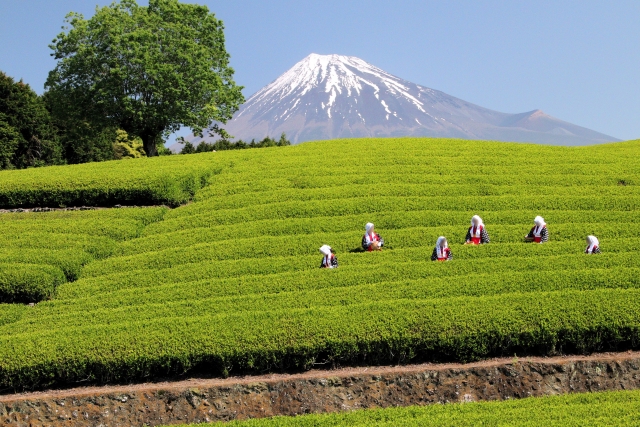

This is the third most famous tea plantation in Japan, closest to Tokyo.

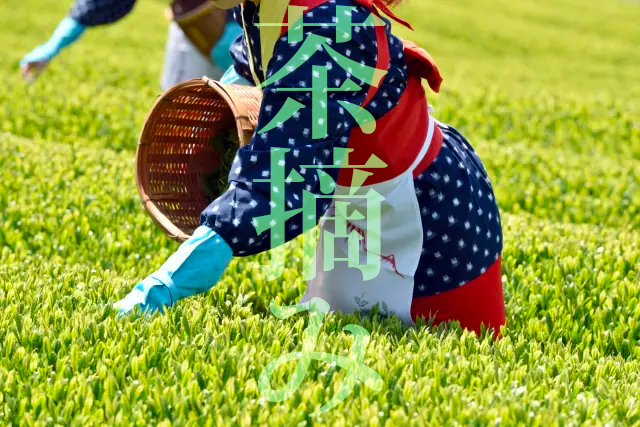
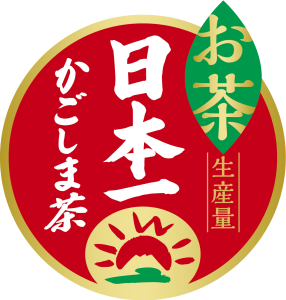
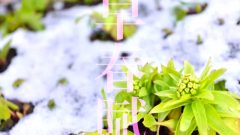
コメント